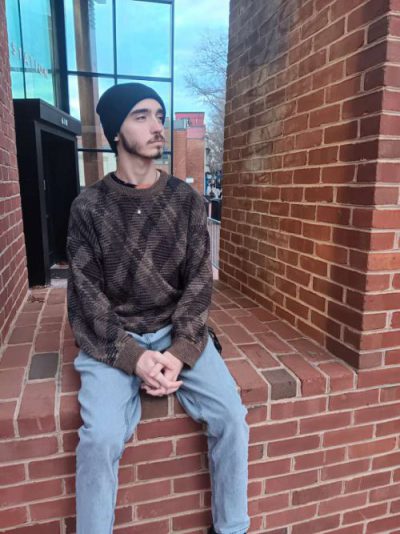How old is too old to put on a costume and trick-or-treat for Halloween?
The leaves are starting to fall, and sweatshirt weather has begun.
As we near the end of October, a holiday that is regarded as one of the most enjoyable times of the year creeps ever closer; and with it, the traditions and events that it provides.
The most popular event of Halloween is the practice of trick-or-treating, which is founded on the idea that children will dress in costumes and visit houses in their neighborhood and impress the house owner with the outlandish display. The house owner then rewards the individual with candy or another form of treat, symbolizing that they enjoyed the visit from the child and are happy for them to be enjoying the season.
In recent years, this idea has evolved with the emergence of young adults that are fascinated by the hobby of dressing in such an expressive manner. This idea of expression manifested itself into large gatherings where people of common interests would convene and replicate the dress of a favorite character or symbolic figure on the chosen topic. Such events are referred to as Comic Book Conventions, many of which promote the idea of guests adopting the persona of a character that they choose.
You may be inclined to ask how this pertains to the practice of trick-or-treating and where these ideas coincide.
Many regard trick-or-treating as a child-oriented event, leaving high school and college students that enjoy the festivities of this holiday wondering why they cannot participate. The argument is founded on the idea that all individuals who wish to participate in the ceremony should be accepted regardless of age, due to the notion that all ages can enjoy the festivities harmoniously.
In theory, the proposition does seem quite appealing. On the other hand, many parents are skeptical on the safety aspect of this change, as it is a common practice to allow elementary-aged children to walk with friends or a sibling around the neighborhood during the evening to nighttime hours.
With safety as a priority, I believe that a middle-ground could be found in the proposition that parents or adults must accompany their children and adults must wear costumes that allow the face to be seen.
This would allow all who wish to participate the opportunity to do so without posing a threat to the children that the event was originally intended for.
Another possible option to resolve this issue would be the separation of times in which the Trick-or-Treating occurs. Having an earlier time for the children to participate and acquire their candy would allow them to go to bed or be safely in their houses before the older participants begin their adventure.
Arguments can be made in either direction on the notion of what age is acceptable for this occasion due to the many aspects that need to be considered before a verdict is achieved.
Safety and fun are the two most important factors that are being considered, but are not the only issues that need to be addressed.
The observance of Halloween happens to fall on a Tuesday this year, which could result in schedule conflicts, as it takes place during the work week and employers may not support the idea of having their workers report to the job in costume as a direct result of trick-or-treating events.
With the increase of Halloween lovers active in neighborhoods and surrounding areas, it would not be out of the question to have police notified about the participation of adults in the evening hours beforehand to maintain a worry-free atmosphere where parents do not need to feel afraid for their children and everyone in the community may feel welcomed to participate.
Nick D’Antonio is a biology major with a minor in marine science. He is involved in Fishing Club, Esports and Soccer Club. He can be contacted at npdantonio@vwu.edu

By: Nick D’Antonio

